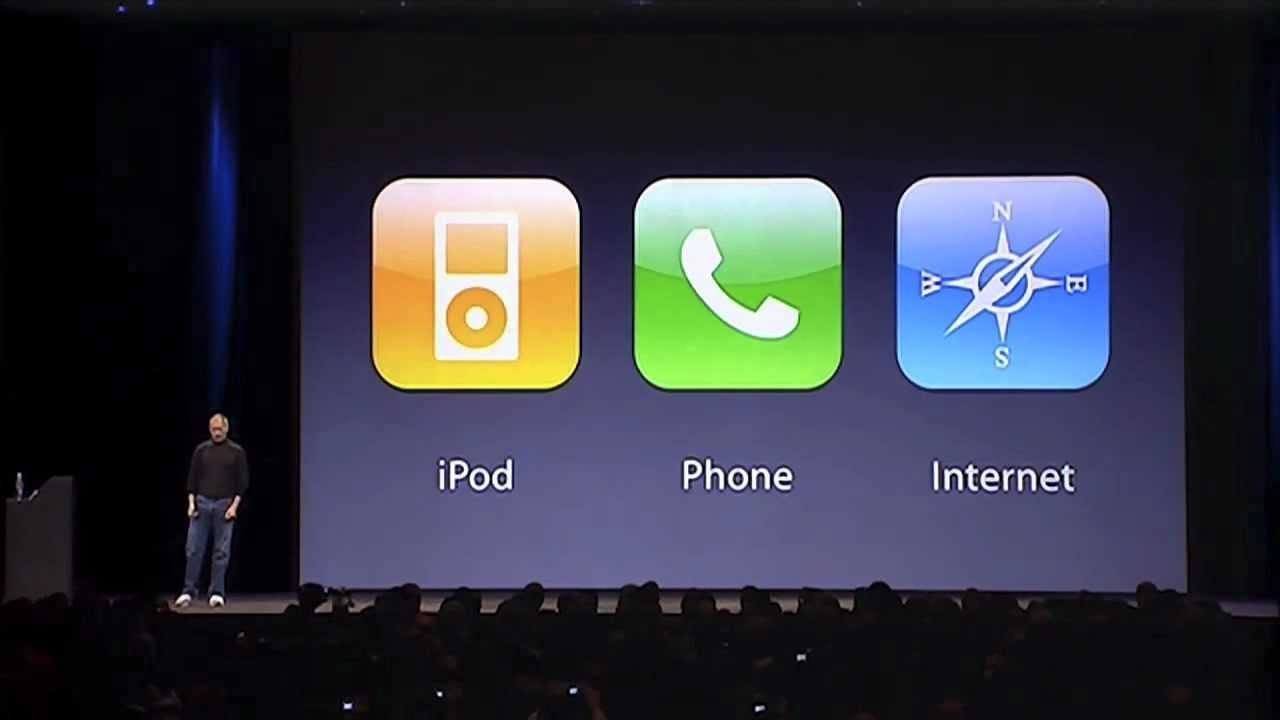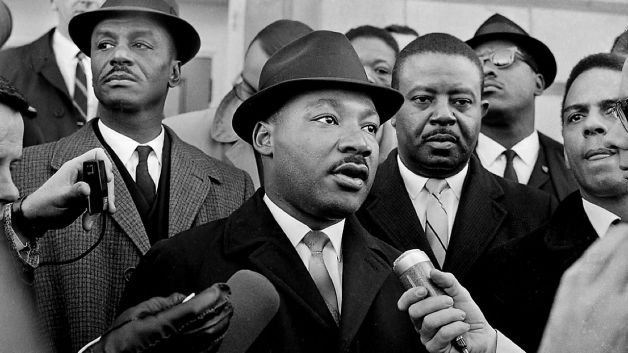January 9, 2007 was the day Steve Jobs introduced the first generation of the iPhone. It’s a seminal moment in technology history (and societal history) — the iPhone changed almost everything about how we interact with each other and brands, with Android and others soon following suit in the market. Beyond what the moment represented, the presentation itself is interesting.[1]
Jobs was famous for using expressions like “Wait, there’s more” or “Another thing” in his presentations, and he even opened the 2007 presentation by discussing the three revolutionary products they’d be introducing:
- The first, a widescreen iPod with touch controls
- The second, is a revolutionary mobile phone
- And the third is a breakthrough Internet communications device
As the audience applauded, Jobs eventually said,
“Are you getting it? These are not three separate devices, they are one device and we are calling it iPhone!”
The way Jobs structured his presentation is a concept called “The Rule of 3.” What is that exactly, and why is it so special?
The Power of Three
The Rule of 3 is a writing principle described in Roy Peter Clark’s book How To Write Short. It suggests that events or characters introduced in three are more humorous, satisfying, and effective in execution of a message and engaging the audience. The audience is more likely to remember the information conveyed and it makes the speaker appear knowledgeable while being both simple and catchy.
Martin Luther King Jr., the civil rights activist and preacher, was known for his uses of tripling and the Rule of 3 throughout his many influential speeches.
His speech “Non-Violence and Racial Justice” contained a binary opposition of the rule of three:[2]
“insult, injustice and exploitation”,
followed by a few lines,
“justice, good will, and brotherhood.”
In short, a list of three things is more intriguing than just two things, but much easier to remember than 5 or 10 things. It’s more comprehensive with more options, but not too many options that can overwhelm the audience or anyone who needs to make a decision with this information.
Consider a situation where you have one option or piece of information. It doesn’t seem comprehensive, and you have nothing to compare it to.
Two pieces of information is slightly better, but anytime you have two options, you are invited to do a direct compare and contrast. That inherently makes things seem more extreme and removes a degree of objectivity.
Now consider three. It offers a bigger sense of the whole. It’s more comprehensive than two options, and it provides different angles to the idea in question — but not an overwhelming number of angles.
Count to Three for Everything
You can apply the Rule of 3 to almost everything.
- When you explain something, try three examples. Steve Jobs above is an example.
- When you want to convince people, try three reasons. We need to take a vacation this year because we deserve it, we got the right bonuses at work, and there is a deal on Switzerland.
- Before you make a decision, consider three options. Always find that third possibility so you have a broader array of angles.
The Rule of 3 can be a powerful play in your life. It helped seminal figures like Jobs and King craft some of their most important presentations ever. Try it and see what it can do for you.
Featured photo credit: Pixabay via pixabay.com
Reference
| [1] | ^ | Appleblub: [HD] Steve Jobs – iPhone Introduction in 2007 (Complete) |
| [2] | ^ | Standford University: “Nonviolence and Racial Justice” |














































